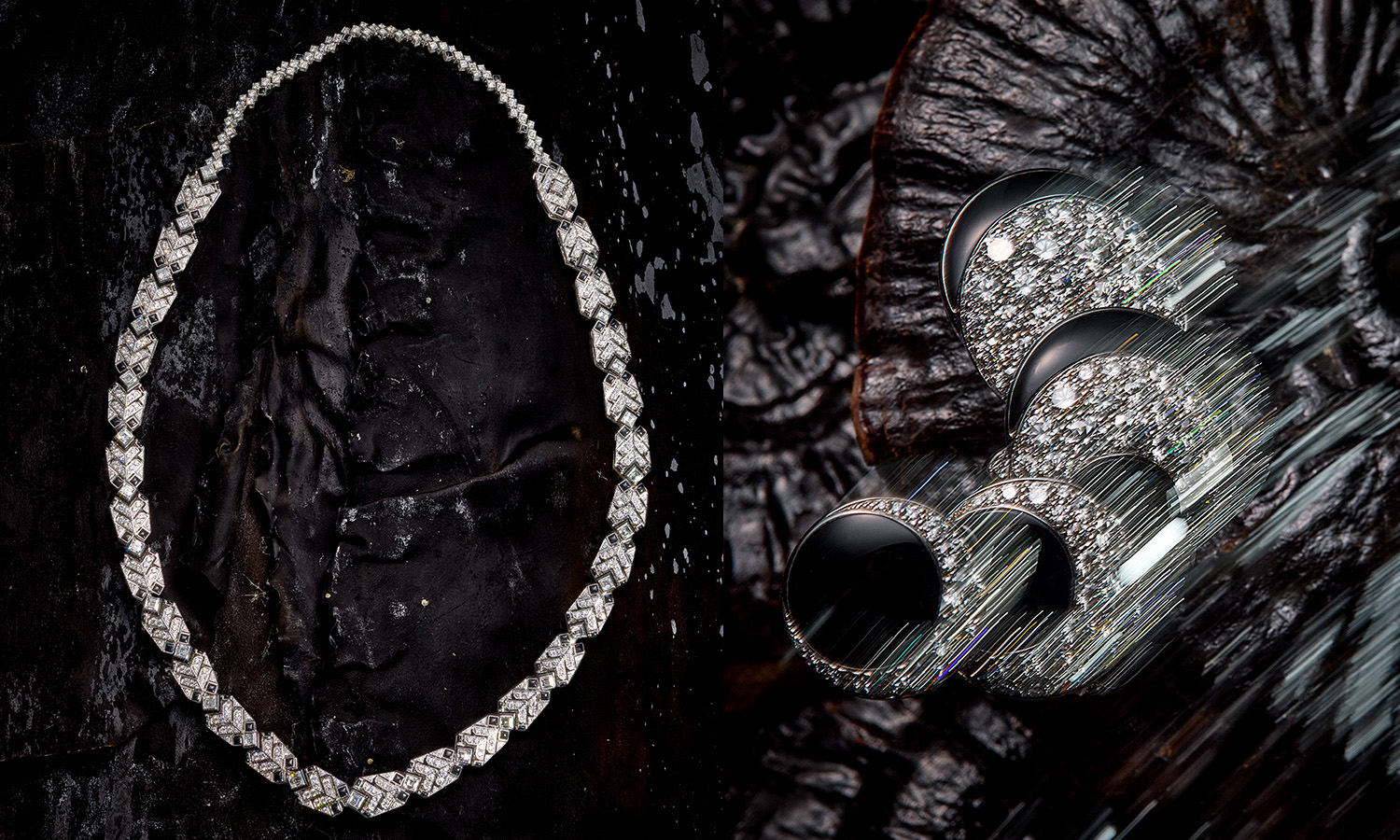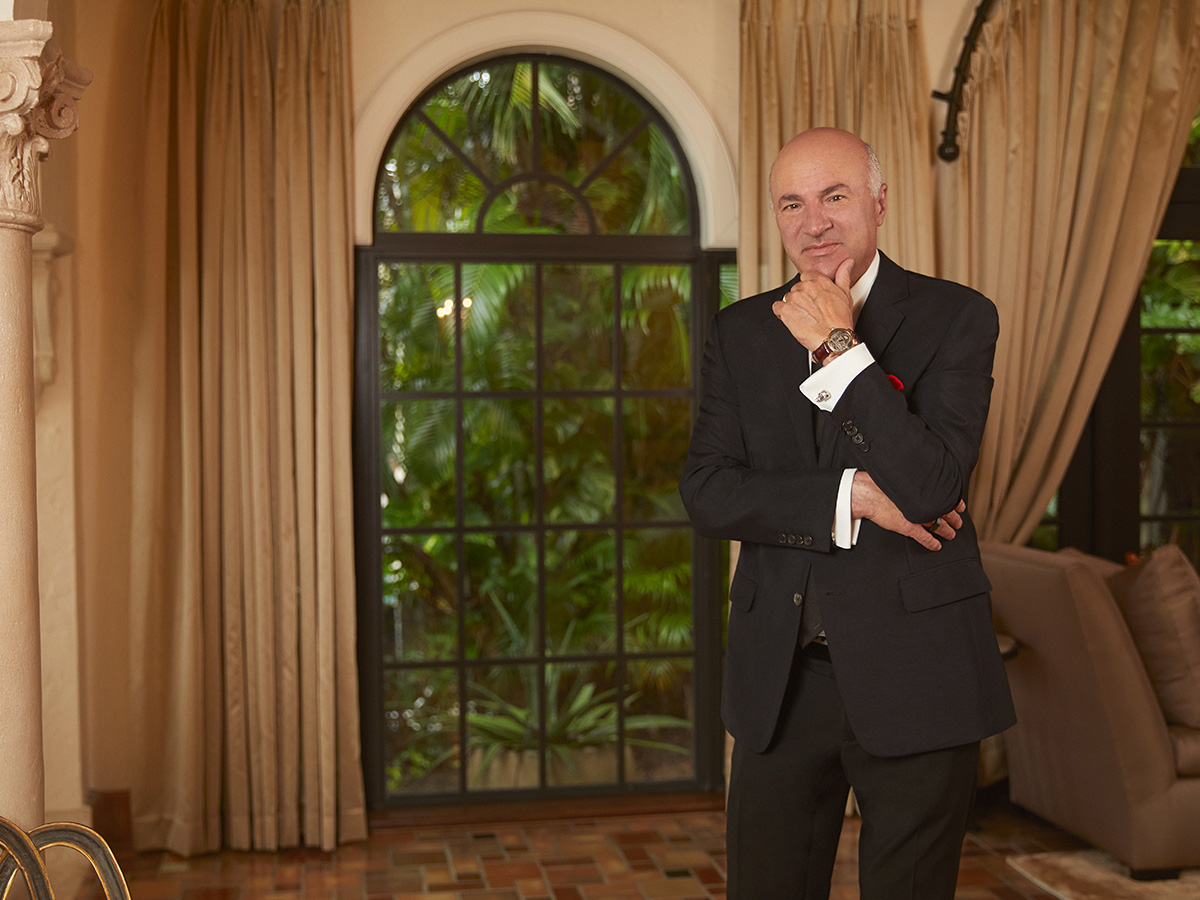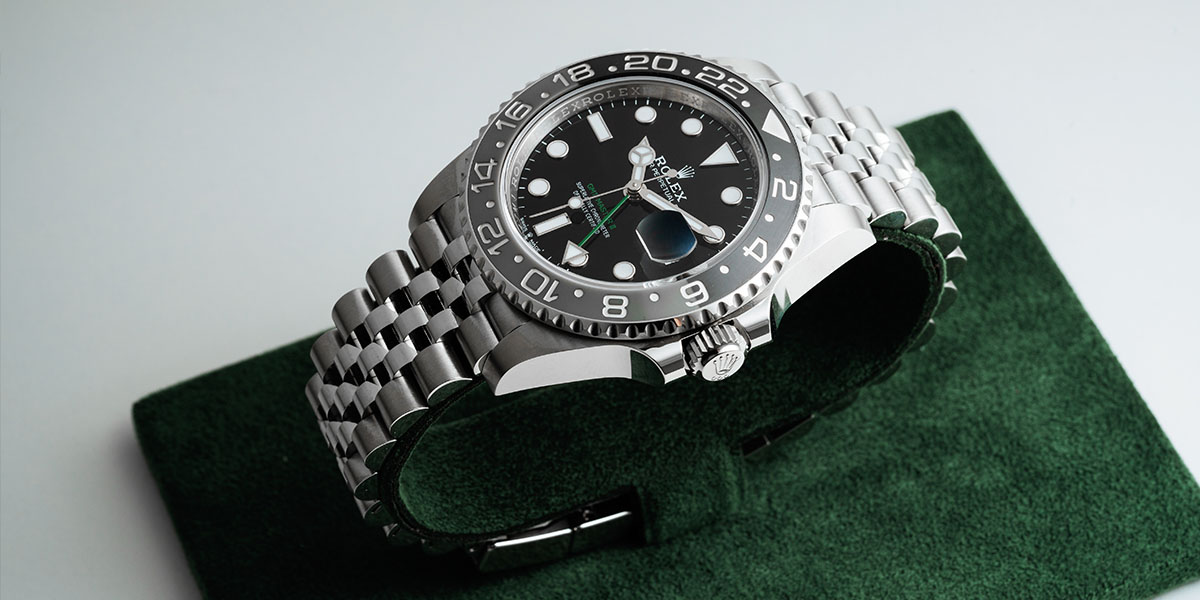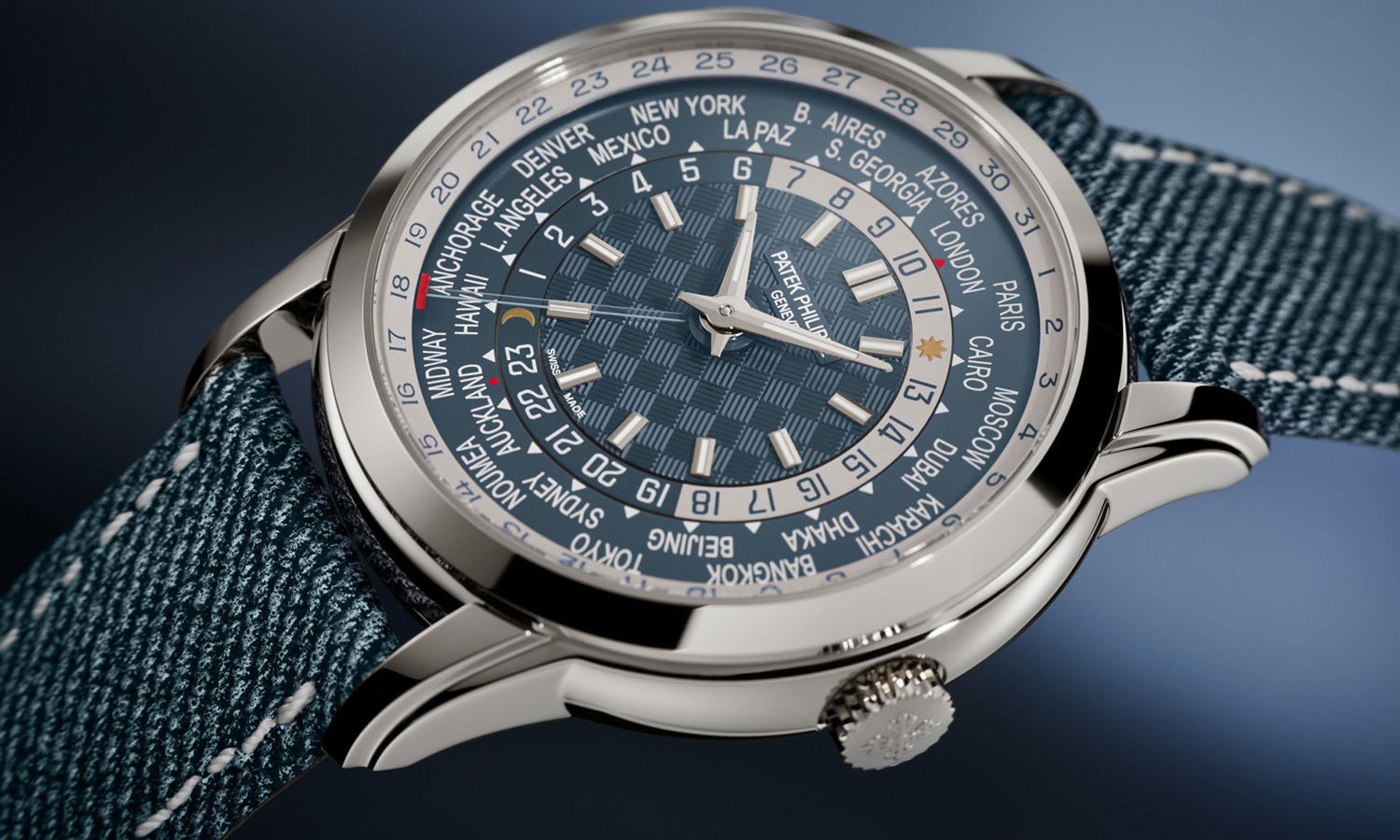
How Hublot Pays Tribute To One Of The Rarest And Most Expensive Gemstones In The World
Diamonds are often thought to be the rarest and most expensive gemstones in the world, but this is not the case. While they are most certainly precious, there are gemstones found in much lower quantities, like the Paraíba tourmaline. This gemstone was discovered for the first time in 1989 in the Brazilian state of Paraíba, hence its name. Later on, there were also deposits found in Nigeria and Mozambique. To put their rarity into perspective, a single Paraíba tourmaline is mined for every 10,000 diamonds.
For Hublot, it was not only the rarity of these stones that served as an inspiration but also their vivid blue color. This is the result of the immense heat and pressure underneath the earth’s crust that made this rare tourmaline, fusing gold, manganese, and copper, to create its prized color. The Paraíba tourmalines that Hublot is using are coming from the Rio Grande region of Brazil, where they are mined in an ethical way. This means that the mine is not only operated in an environmentally sustainable way but is also committed to the reforestation of the region and proactively preventing water and soil pollution.
Hublot used these ultra-rare stones to create four exceptional models. The Big Bang Unico Paraíba is available in either 18k white or King gold, and features a case set with 176 Paraíba tourmalines. It is interesting to see how the stones interact differently with either color of gold. They are getting more of a cool aqua tone when set in white gold, while they seem to get warmer and more vibrant when surrounded by King Gold. Hublot also crafted two versions set with Paraíba tourmalines of the Big Bang One Click. Just as its larger siblings are also the bezels of these watches set with baguette-cut Paraíba tourmalines. In particular, this is more difficult as not only do many of them have not a perfectly uniform color as needed in a larger cut, but they are also far more fragile, making cutting and setting them quite a challenge. For Hublot, it was worth pursuing this anyway, as it is the only fitting way to pay tribute to one of the rarest and most expensive gemstones in the world.
 SIGN UP
SIGN UP












